7 Animals That Make the Most Unexpected Noises
Most people expect a dog to bark or a cat to meow. But nature doesn’t always follow the script. Across the animal kingdom, some creatures produce sounds that are so strange or human-like that they even leave scientists doing a double-take. These animals are full of surprises.
Lyrebird
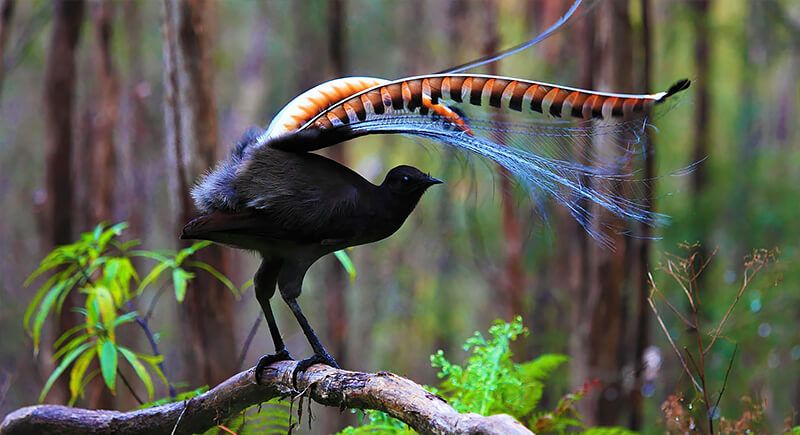
Credit: Reddit
In the wilds of Australia, this bird performs uncanny impressions of chainsaws, camera clicks, and car alarms. The lyrebird blends sounds into elaborate performances in the middle of courtship displays. Its vocal flexibility is so eerie that people have mistaken recordings for human activity in the forest.
Koala
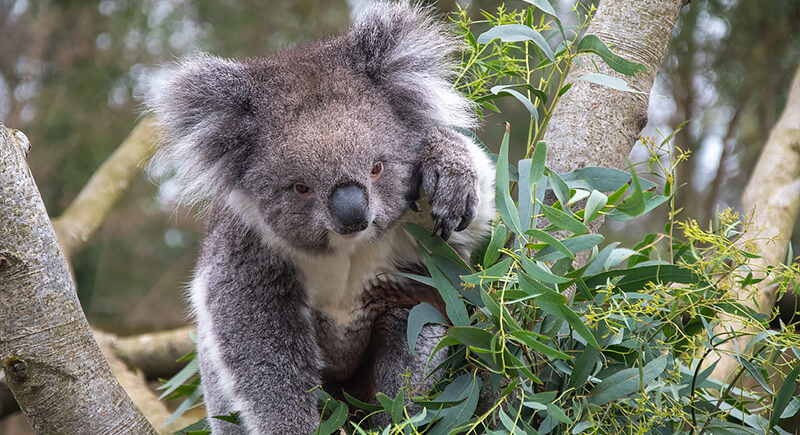
Credit: flickr
Despite their cuddly look, koalas make deep, guttural bellows that sound more like a wild boar than a tree-dwelling marsupial. The vocals come from a unique voice box and help males attract mates. Hearing it in person will cause you to think that someone hit “roar” on a creature that doesn’t look built for volume.
Giraffe
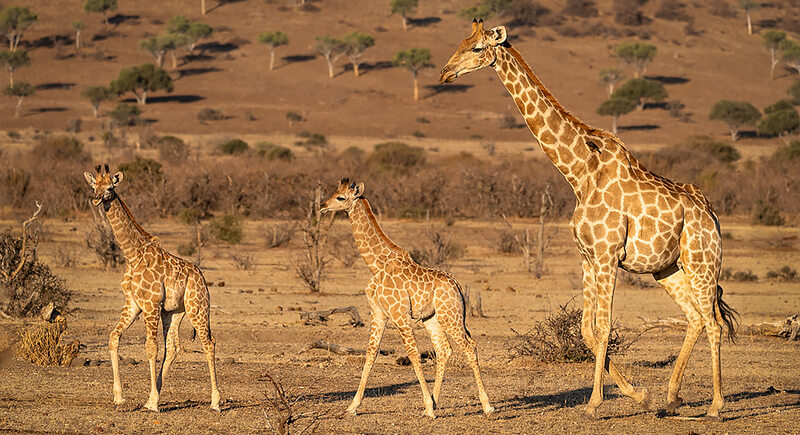
Credit: flickr
For years, people thought giraffes were nearly silent. Turns out, they hum—especially at night. These low-frequency hums are hard for humans to hear but may help the herd stay in touch after dark. It’s a quiet communication system that shows how little we still know about these tall giants.
Cheetah
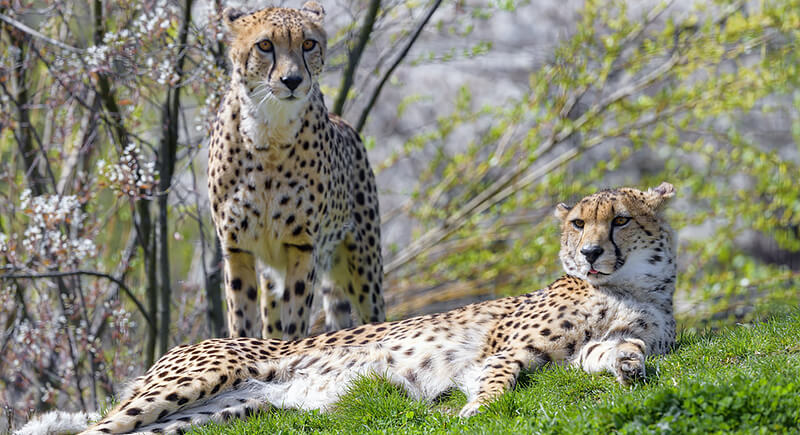
Credit: flickr
Unlike lions or tigers, cheetahs don’t roar. Instead, they chirp the same way as birds do. The calls resemble a high-pitched yelp, which is mostly used between mothers and cubs or during social interactions. It’s completely at odds with their sleek, powerful image.
Goat
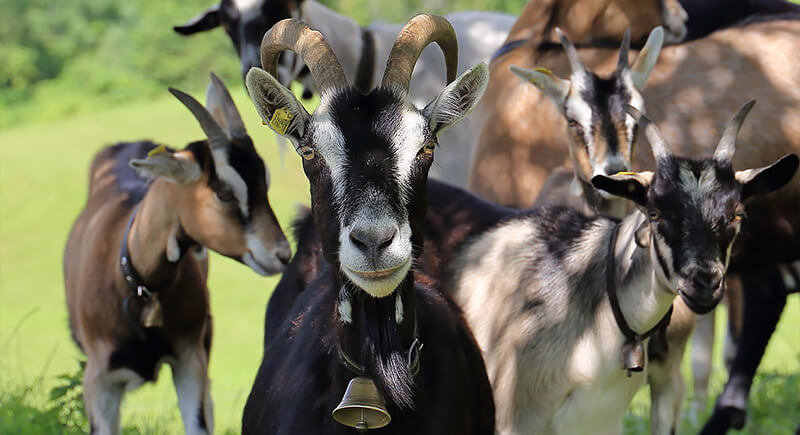
Credit: flickr
Goat vocalizations sometimes come off as hilariously human. Viral videos have captured goats that scream like frustrated toddlers. While it might seem funny, goats use a wide range of tones to express excitement, fear, or loneliness. It’s surprisingly emotional, given that it is coming from a barnyard animal.
Fox
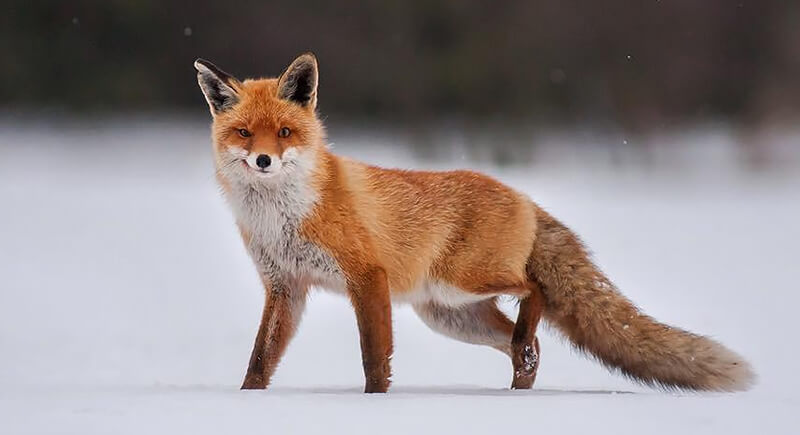
Credit: Reddit
Foxes can make over 30 vocalizations, and some of them are downright chilling. Their scream—a high-pitched, drawn-out wail—often gets mistaken for a human in distress. Most calls are used throughout the mating season or to establish territory.
Lemur
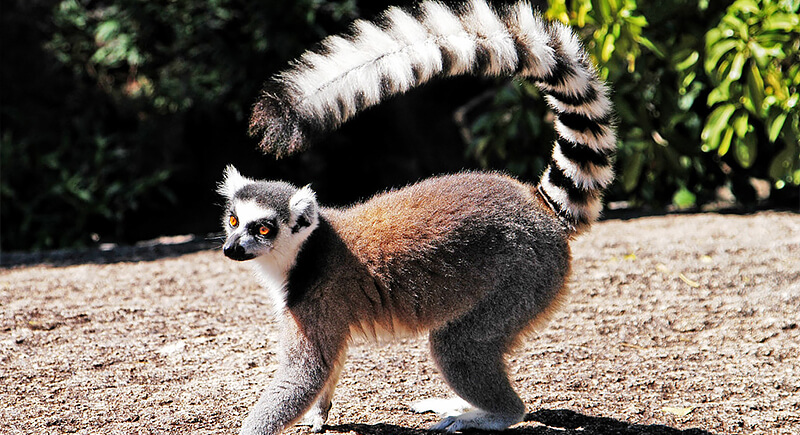
Credit: flickr
These primates use a complex mix of grunts, howls, and wails to stay connected. One species, the indri, sings in a way that resembles operatic duets. Their calls travel long distances through the forests of Madagascar and are as musical as they are functional.
Capybara
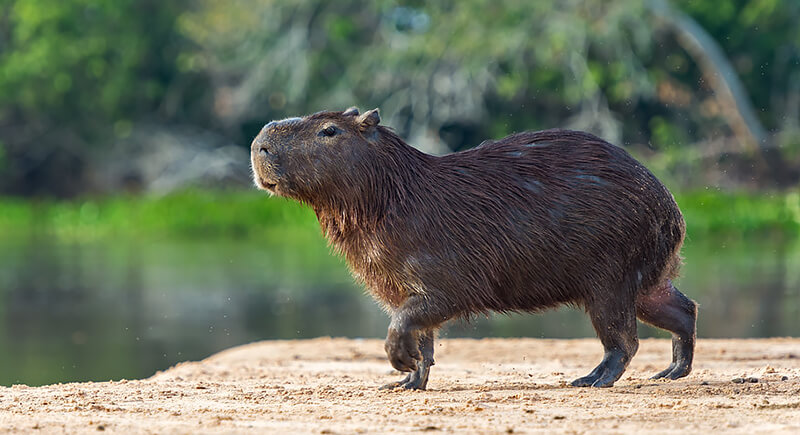
Credit: flickr
As social animals, capybaras use an assortment of clicks, chirps, and purrs to stay connected. Their calls are gentle but frequent, and they tend to serve as status updates or warnings. Watching a quiet capybara isn’t the same once you know how talkative they really are.
Squirrel
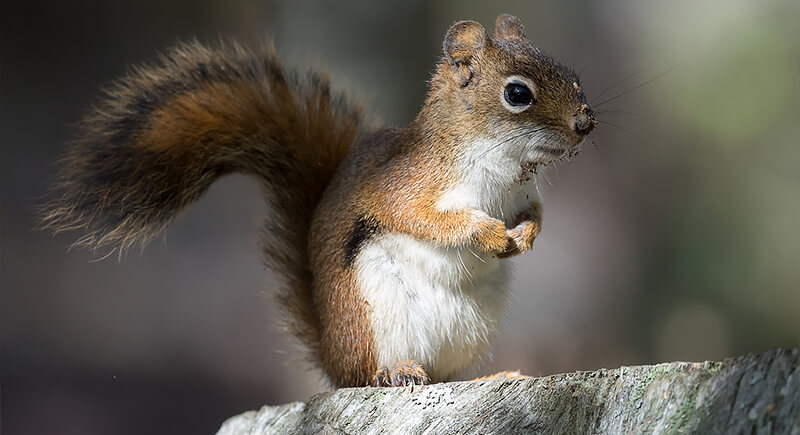
Credit: flickr
You might picture noiseless scurrying, but squirrels chatter, scream, and even purr. Some noises signal danger, while others seem almost like bickering. Eastern gray squirrels, for example, make a high-pitched squeal when startled.
Elephant
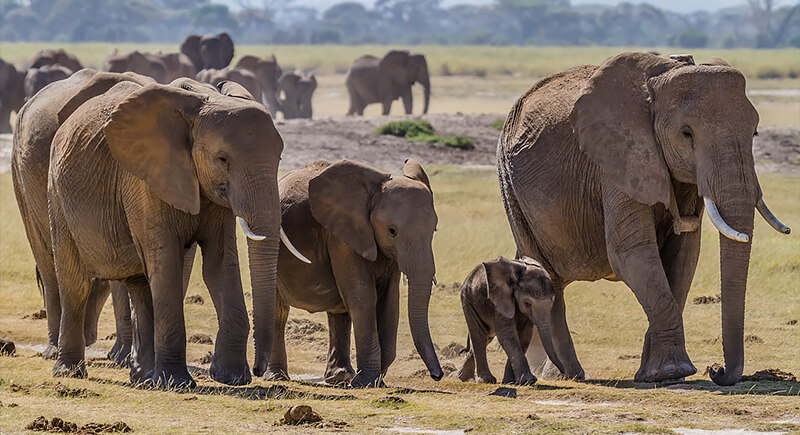
Credit: flickr
Everyone knows elephants trumpet, but they also let out deep rumbles far below our hearing range. These infrasonic calls travel through the ground and alert herds miles away. Researchers discovered them using special equipment, meaning elephant conversations have likely gone unheard for centuries.
Penguin

Credit: flickr
When penguins call out, it doesn’t sound like honking. Instead, many species bray loudly, which could make anyone wonder if it’s a donkey, instead of a bird. During mating season or when finding a chick in a crowd, this bray cuts through the chaos with surprising effectiveness.
Crocodile

Credit: flickr
While crocodiles are often silent stalkers, they do grunt and growl, especially when defending territory or calling to hatchlings. Baby crocs chirp before hatching to alert their mother, who then helps them out of the nest.
Toadfish
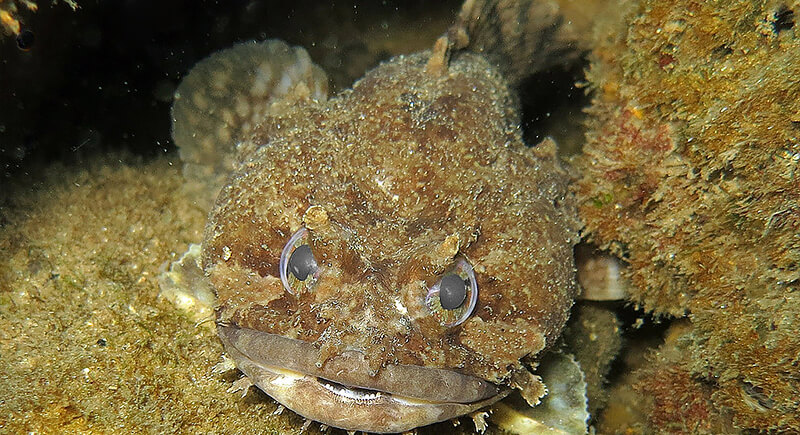
Credit: flickr
The male toadfish emits a droning call to attract mates. The vocals, generated by rapidly vibrating muscles around its swim bladder, carry long distances. Its low, vibrating call resembles a strange underwater engine more than anything typically associated with fish.
Possum
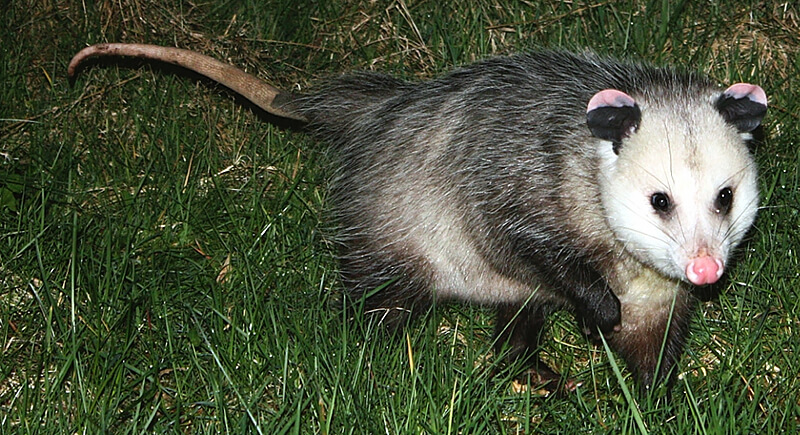
Credit: flickr
Most people assume possums are quiet. In reality, they hiss, growl, and sometimes screech. Young possums make clicking noises to communicate with their mothers. While they usually stay silent to avoid predators, the sounds they do create can easily surprise you and catch you off guard.
Musk Duck
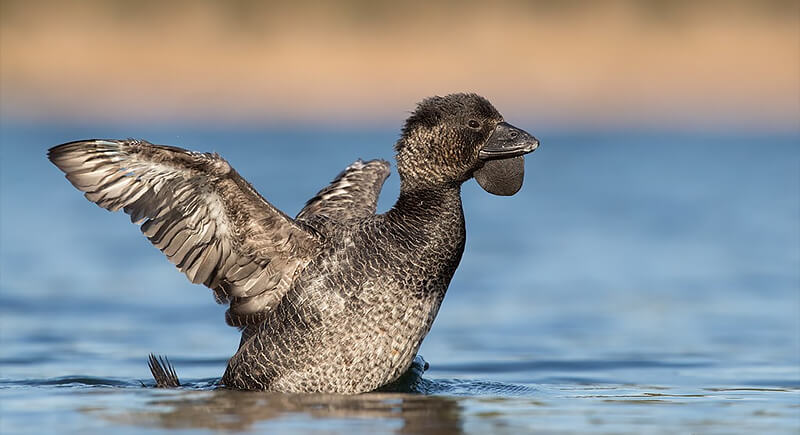
Credit: flickr
This oddball from Australia is as loud as it is articulate. One individual animal famously copied a caretaker’s voice, uttering various phrases, for example, “You fool.” The talent of the musk duck stems from a unique vocal organ and rare mimicry skills, especially for a waterfowl.